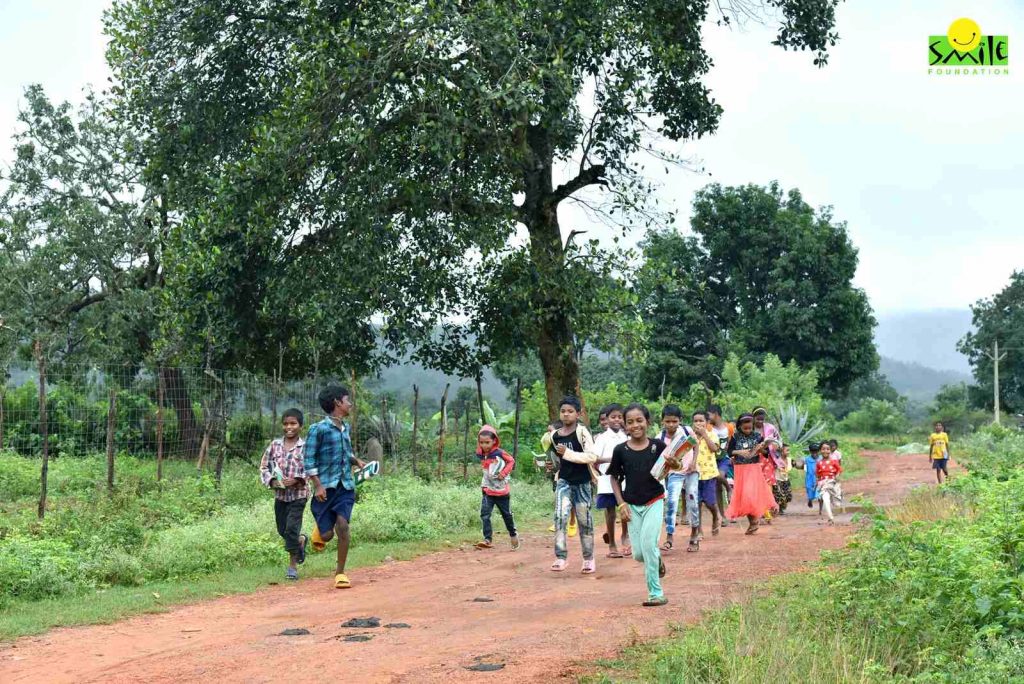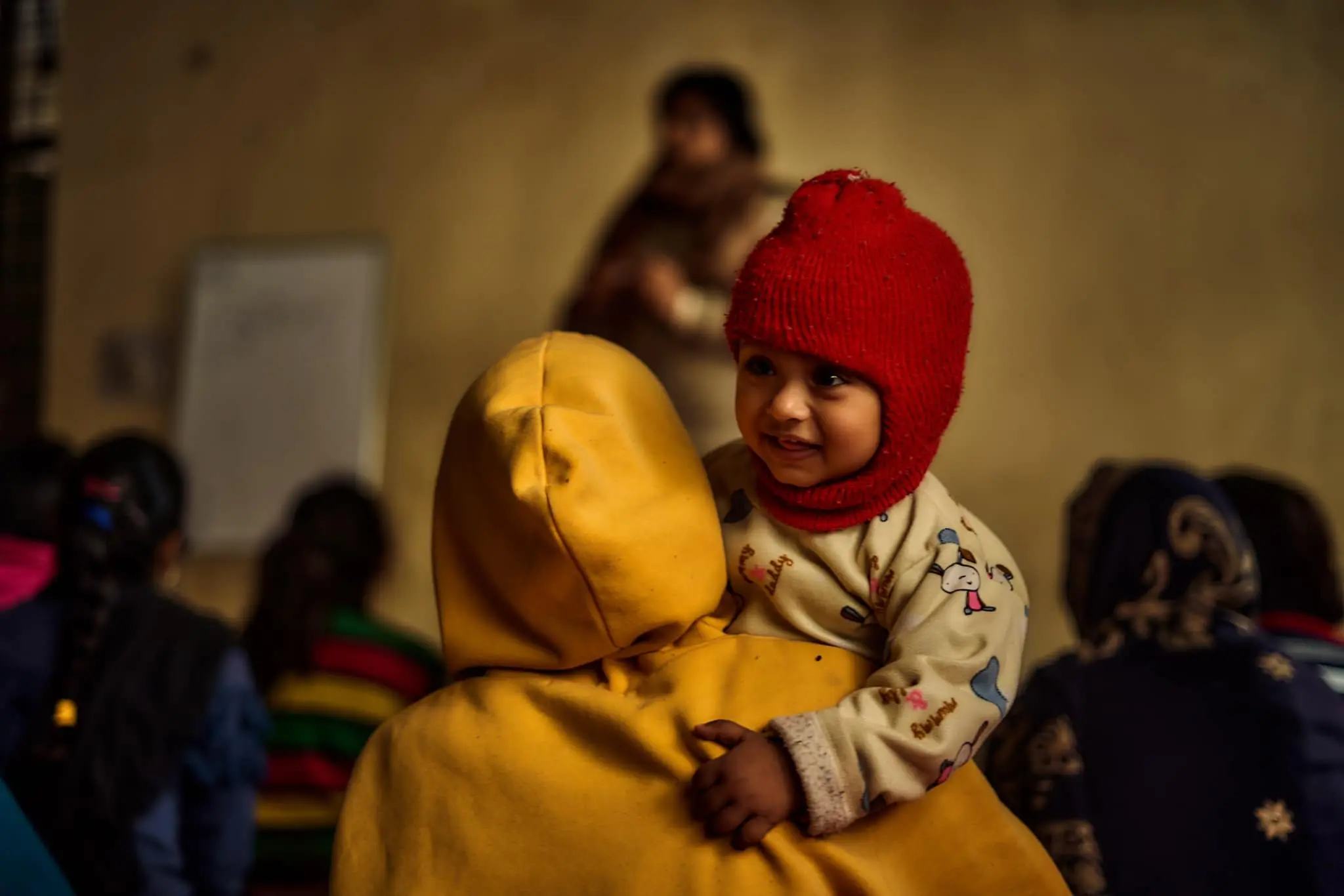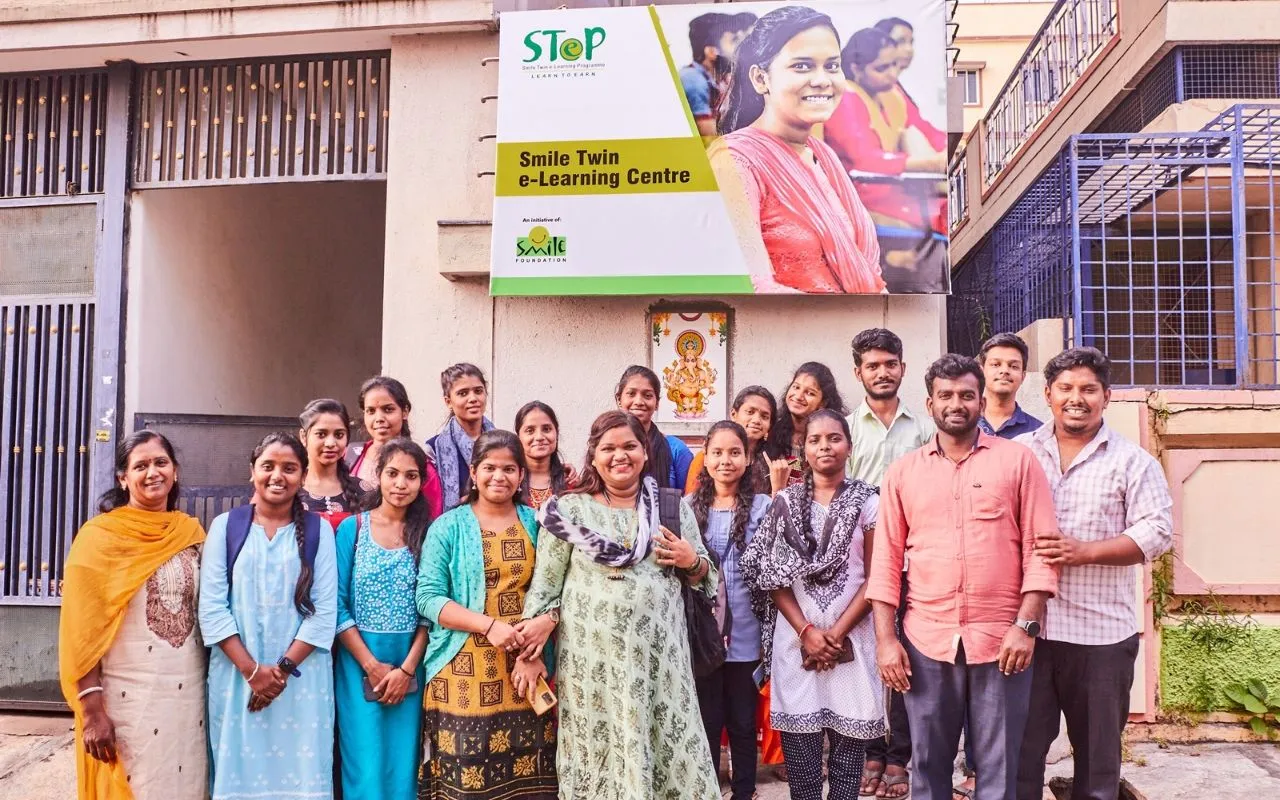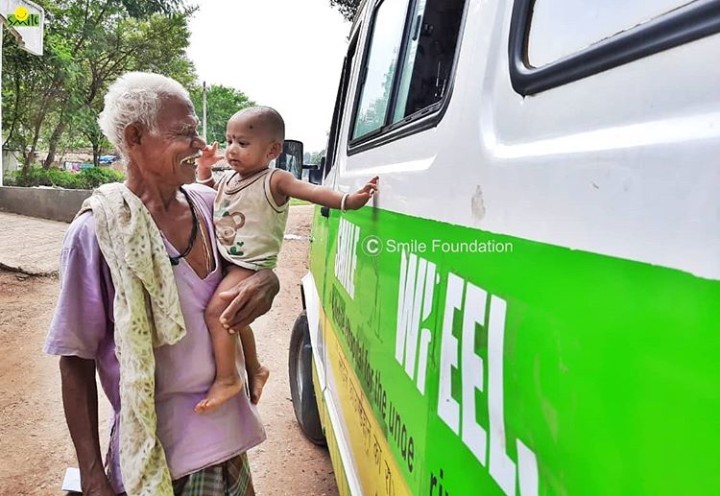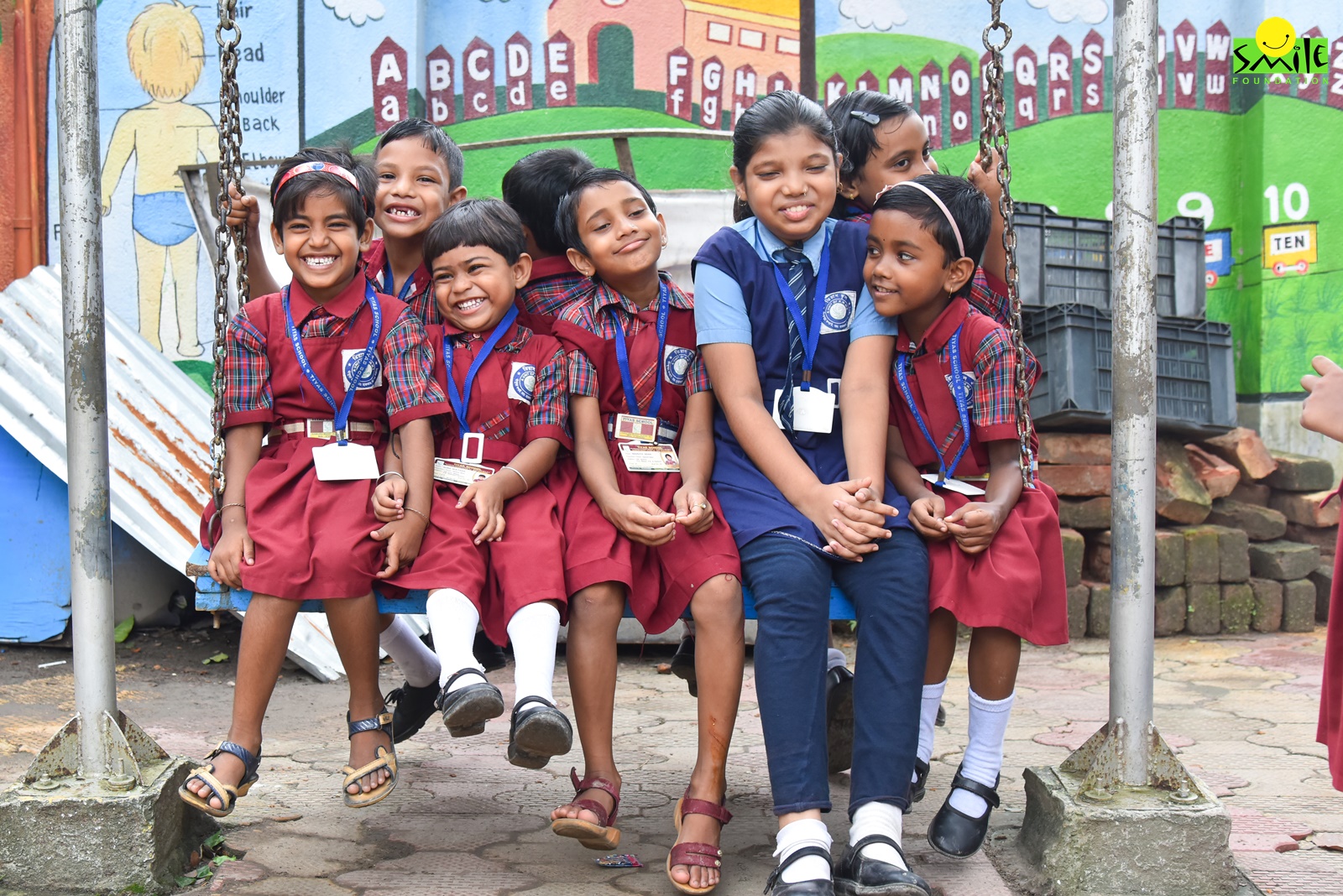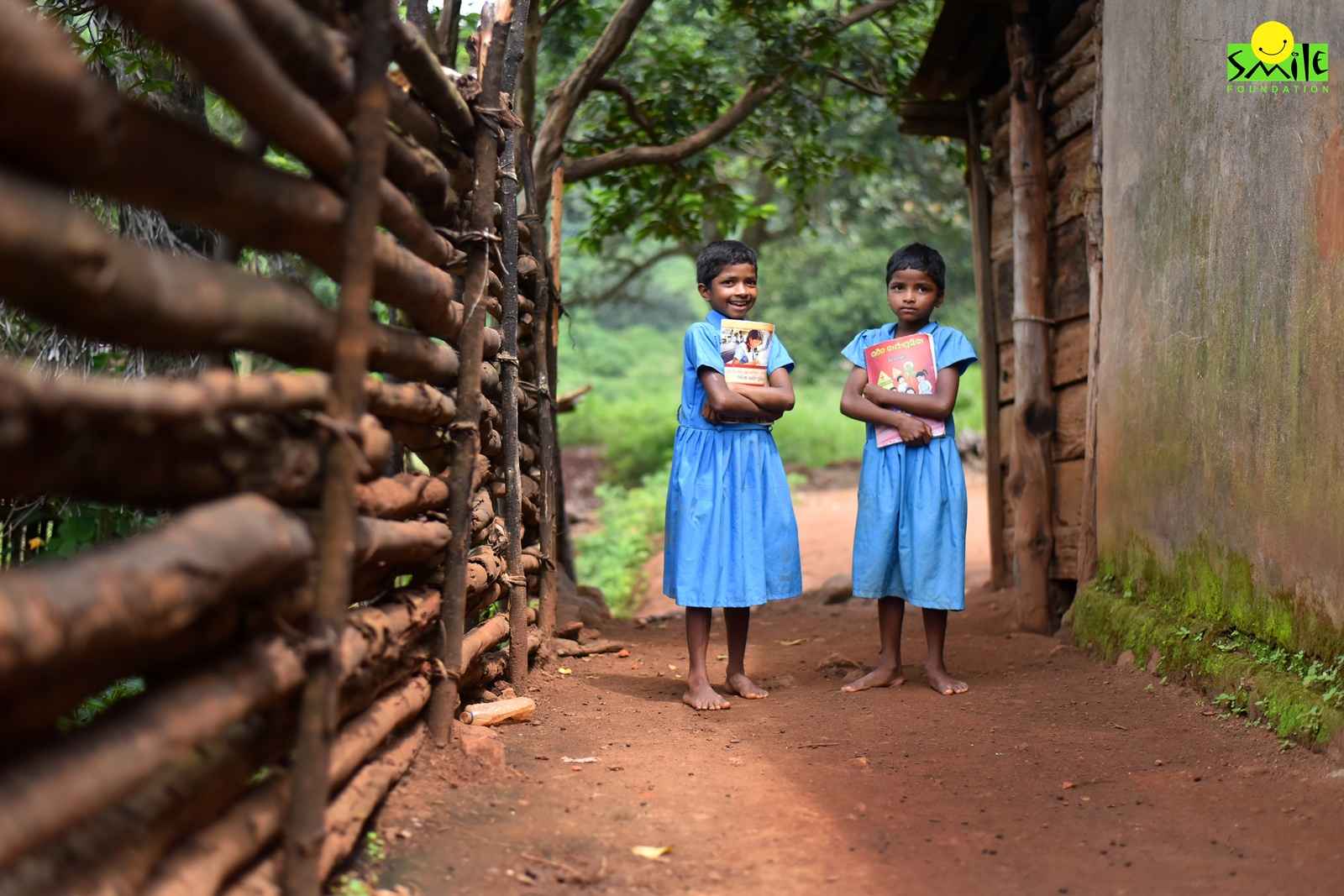In a pioneering move set to reshape the landscape of higher education in India, the Ministry of Education and the University Grants Commission (UGC) have announced the ASMITA project. This ambitious initiative aims to develop 22,000 higher education books in various Indian languages over the next five years.
A Vision for Inclusive Education
Bridging the Language Gap
India is a linguistically diverse nation with over 1,600 spoken languages. For many students, learning in their native language can significantly enhance understanding and academic performance. The ASMITA project recognises this and aims to make higher education more accessible by providing textbooks in regional languages.
Empowering Regional Languages
By translating and creating educational content in multiple Indian languages, ASMITA not only makes higher education more inclusive but also supports the preservation and promotion of regional languages. This is crucial in a country where language is deeply intertwined with cultural identity.
How ASMITA Will Transform Education
Wide-Ranging Impact
Over the next five years, ASMITA will focus on producing textbooks across a broad spectrum of subjects. This ensures that students pursuing diverse fields of study will have access to quality educational materials in their preferred languages.
Enhanced Comprehension
Studies show that students learn better and retain information more effectively when taught in their native language. According to research, students taught in their mother tongue are 30-50% more likely to understand and retain information. ASMITA aims to leverage this by providing resources catering to the linguistic preferences of students. This will lead to improved educational outcomes.
Increased Accessibility
Many students in rural and semi-urban areas face barriers to higher education due to language differences. By making textbooks available in local languages, ASMITA will help quality education reach more learners.
The Broader Impact
ASMITA is set to democratise higher education by making resources available to a much wider audience. It’s a significant step towards reducing educational disparities and promoting fairness in academic opportunities. By embracing this inclusive approach, ASMITA is also contributing to cultural enrichment as well. As regional languages gain prominence in academic settings, students and educators alike will engage with educational materials that reflect their cultural contexts and traditions. This, in turn, nurtures a sense of pride and connection to one’s roots, even as students prepare to take on the global stage.
| Statistics | Value |
| Number of textbooks to be developed | 22,000 |
| Project duration | 5 years |
| Number of Indian languages to be included | 22 major languages |
| Increase in comprehension and retention rates | 30-50% |
| Potential reach (students) | 200 million |
| Annual budget | ₹500 crores (approx. $67M) |
| Number of subjects covered | 100+ |
| Estimated increase in higher education enrollment | 15% |
| Projected job creation in publishing sector | 10,000+ |
Looking Ahead
The ASMITA project is a forward-thinking initiative that addresses one of the core challenges in Indian education—language diversity. By making higher education more accessible and equitable, the project promises to bring significant improvements in learning experiences and educational outcomes for students throughout the country.
As ASMITA unfolds, it will be exciting to see how this initiative transforms the educational landscape and empowers students to reach their full potential in an environment that respects and reflects their linguistic and cultural backgrounds.
While the ASMITA project is set to revolutionise higher education in India, it’s important to recognise the role of organisations like ours in laying the groundwork for such inclusive educational initiatives. For over two decades, Smile Foundation has been at the forefront of providing quality education to underserved children across India. Through our Mission Education programme, we have reached out to millions of children, ensuring they have access to basic education, healthcare and a nurturing environment that promotes holistic development.
In addition to foundational education, we are also deeply committed to vocational training through our education programme. This initiative bridges the gap between education and employment by equipping young people with the skills needed to secure jobs. By focusing on skill development, we help individuals achieve economic independence. This also contributes to the overall socio-economic development of communities that we work with.
Our ongoing efforts in primary education and vocational training serve as a vital support system, ensuring that all children, regardless of their background, have the opportunity to pursue their dreams and aspirations.



